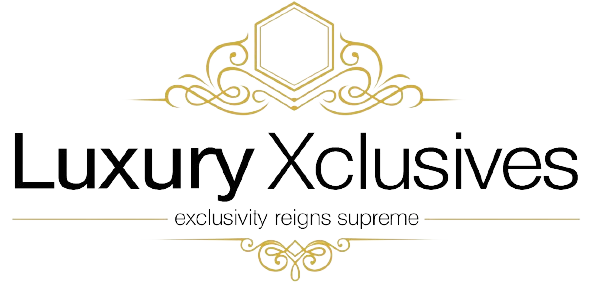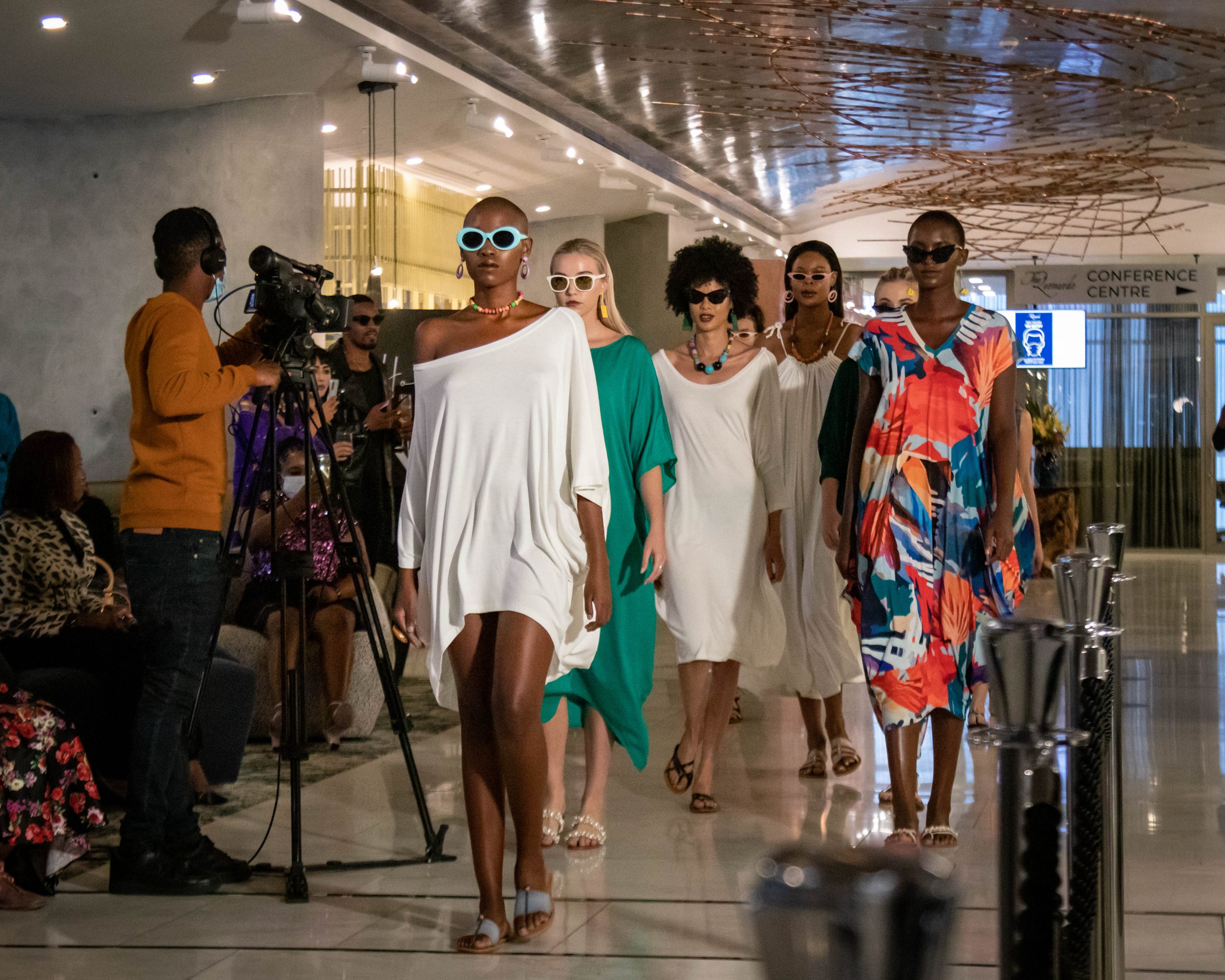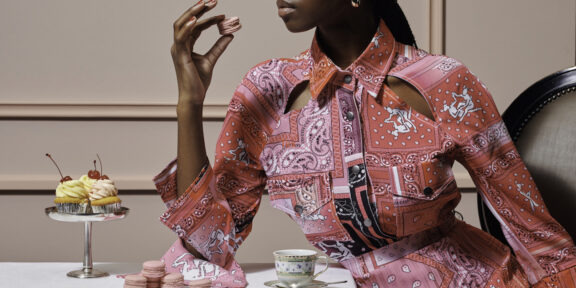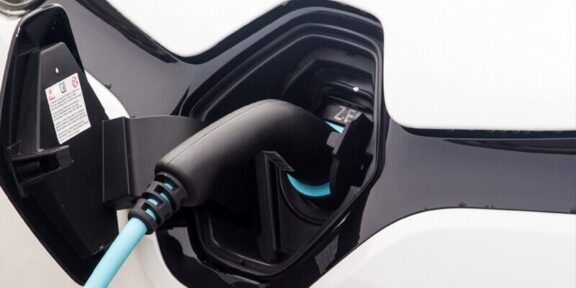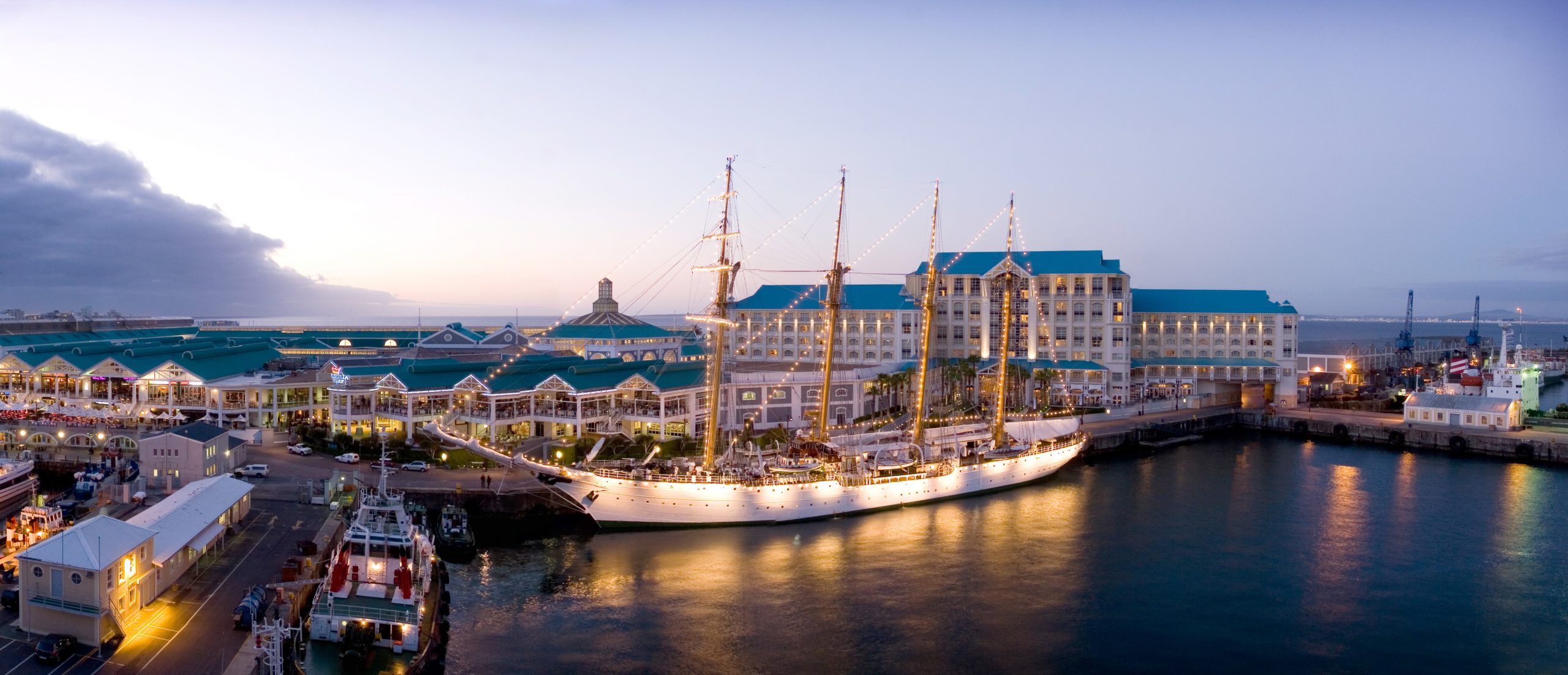The rosé for a glamorous Valentines celebration
Moët & Chandon Rosé Impérial
Moët Rosé is known for its radiant colour, intense fruitiness and seductive palate. It’s a spontaneous, romantic expression of the Moët & Chandon style, distinguished by its bright fruitiness, seductive palate and elegant maturity. So whether you’re out and about or celebrating at home this year, this is romantic sipping at its most glamorous. Available from: R689,95 at select retailers

The rosé to sip the night away
Moët & Chandon Nectar Impérial Rosé
A sophisticated sip for rosé champagne enthusiasts, Moët & Chandon Nectar Imperial Rosé is a regal choice for Valentine’s Day. Expect a medley of berries (strawberry, raspberry, redcurrant) and peaches on the nose and champagne connoisseurs may also notice subtle notes of menthol. This wine’s balanced palate combines structure, smoothness and freshness. Perfect for sipping the night away with loved ones and friends. Available from: R749 at select retailers

The rosé for romantic sundowners
Veuve Clicquot Rosé
If you like a side of history with your glass of bubbles, consider a bottle of Veuve Clicquot Rosé. In 1818, Madame Clicquot (also known as the Grande Dame of Champagne) created the first known blended rosé champagne – lively, effervescent, with bursts of fruit. Madame Clicquot took over the Clicquot family house after the early death of her husband, Veuve Clicquot founder Philippe Clicquot. The history of this rosé champagne, combined with its aroma of fresh and dried red fruits, makes for an alluring sip. Full bodied and deliciously fruity, with intense flavours of juicy ripe strawberries and cherries, Veuve Clicquot Rosé is the ultimate expression of Madame Clicquot’s ingenious and audacious spirit. Available from: R749,95 at select retailers

A rich rosé expression to enjoy on ice
Veuve Clicquot Rich Rosé
Created expressly for mixology, Veuve Clicquot Rich Rosé is a bold, versatile champagne designed to allow champagne fans to create their own playful drinking experience – and awaken the Clicquologist … in anyone! Perfect for a playful Valentine’s experience. Supported by cellar master Didier Mariotti, specialist mixologists selected ingredients that added a unique twist and magnified the signature notes of the wine. Veuve Clicquot Rich Rosé is best enjoyed over ice with fresh ingredients, including lime, pineapple or ginger. Available from: R929,95 at select retailers

The rosé for a balmy Valentines evening
Ruinart Rosé
Archives revealed that Ruinart shipped the first rosé champagne over 250 years ago. The exuberant red-fruit flavours make this rosé champagne one of the finest, even now. It’s excellent quality remains the essential feature of the production of this delicate wine to this day. Expect a sophisticated rosé with an intense aromatic profile, perfect to complement Valentines dinner à deux, in – or out. Available from: R969,95 at select retailers

The rosé for those who love indulgence
Dom Pérignon Rosé 2006
A bolder expression of its iconic blanc champagne, the 2006 rosé maintains the intensity characteristic of Dom Pérignon, with intriguing aromas of dark spices and candied fruit, and smoky accents. Rose gold, coppery, deep hue. With air, the initially creamy, rich nose gives way to notions of soft, freshly-baked rye crumb and dried blood orange peel. The palate opens with a certain juiciness and fills the senses with its fine mousse. Available from: R3999,95 at select retailers
The rosé for bold gastronomic experiences
Krug Rosé
For the hedonists among us who endeavour to savour every sip and create bold gourmet experiences, Krug Rosé will surprise you, as it replaces a good red wine at the table with brio. Inspired by the dream of the fifth generation of the Krug family to conceive a rosé champagne that did not yet exist, and one that could be re-created each year, it’s a delicate blend of wines of the year with wines from selected plots of the House’s vast reserve library. This is then completed with traditionally macerated Pinot Noir to add structure and spice and a rest of around seven years in Krug’s cellars gives Krug Rosé its refined elegance and character. Available from: R4399,95 at select retailers
And some serious French ‘savoir faire’ to impress your Valentine:
There are several fundamentals that swiftly increase your knowledge of Champagne and most importantly give you the ability to understand what you should be selecting:
Region: Champagne is a region of 34,000 hectares roughly 150km North East of Paris. The vineyards in the region are referred to as Crus and are mostly named after the closest village, such as Ay, Bouzy Cramant and Verzy. Each vineyard has a quality rating for the grapes from the respective vineyard.
Grapes: Champagne can only be produced from three Grape varieties the majority of Champagne houses blend all three as they balance extremely well. Chardonnay the white flesh and white skin grape know for elegance. 100% Chardonnay based Champagnes are called Blanc des Blancs. The French translation of Blanc is White, so Blanc de Blancs is “White from whites”. The Pinot Noir and Pinot Meunier grapes have black skins and white flesh. Grapes made from 100% of these grape varietals are referred to as Blanc des Noirs, translates as “White from Blacks”. The vast majority of Champagnes blend all three grapes due the winemaking abilities in bringing out the best qualities of each grape varietal.

Vintage VS Non-Vintage: Non-Vintage Champagnes are comprised of grapes harvested across multiple years. If you are looking for consistency Non-Vintage offers this as the winemaker is able to blend many vintages and many reserve wines to deliver a consistent Champagne each and every year. Vintage Champagne can only be made from grapes harvested in one particular year. Vintage Champagnes must spend a minimum of 3 years ageing on the lees. The ideology of vintage Champagne is the ability for the winemaker to tell the unique story of the year and vintage through the Champagne.
Dosage: Dosage refers to the small amount of liquid, usually sweet wine, added to a Champagne to balance it out. Depending on the dosage added, you’ll end up with a variety of Champagnes defined by terms that represent a scale from sweetest to driest: Doux: 50 or more grams of sugar added per litre, Demi-Sec: Dosed with 32 to 50 grams of sugar, Sec: “Sec,” in French, means dry. But dry here actually indicates a medium-sweet sparkling. 17 to 32 grams of sugar, on average a teaspoon per litre. Extra Sec: Literally “Extra Dry,” 12 to 17 grams of sugar.

Brut: Up to 12 grams of sugar added, really for balance. Slightly rounder than “Extra Brut” because of the increased added sugar, and the type of sparkling or Champagne we tend to drink most. Extra Brut: With fewer than 6 grams of sugar added, this will not mask acidity and accentuate the carbonation.
Rosé Champagnes:
The beautiful hues you find in Rosé Champagne can come from two separate sources or a combination of both:
1) Leaving the juice of red grapes to macerate on their skins for a brief time to extract pigments (natural red colouring).
2) By the addition of a small percentage of red wine- from the Champagne region – during blending.
The dosage of Rosé like all Champagnes can vary.

